Introduction
Whether you’re an airline pilot who wants to learn about onboard equipment changes or a corporate pilot who is ready to get the certification, there’s a good chance you will have to dive into a virtual simulator. From professional flight training to maintenance training, simulators have come a long way.
In fact, simulators have become an integral part of modern aviation training. Ask a professional pilot or any other crew member, and you’d realize how much simulation can step up your game. There is more to flying than just taking off and landing to and from the ground.
Today, trainees can use a state-of-the-art 3D simulators to get the most out of the aviation training sessions. It is the main reason most flight schools now prefer flight simulation essential component of aviation training.
Modern Flight Simulation is Different than You Think
Technically, flight simulation refers to a device and software combo that can re-create the virtual experience to fly an airplane. Contemporarily, it is quite common for trainees from all walks of life to learn about aircraft design and pilot training through flight simulators.

Embraer E-jets developed by FeelThere 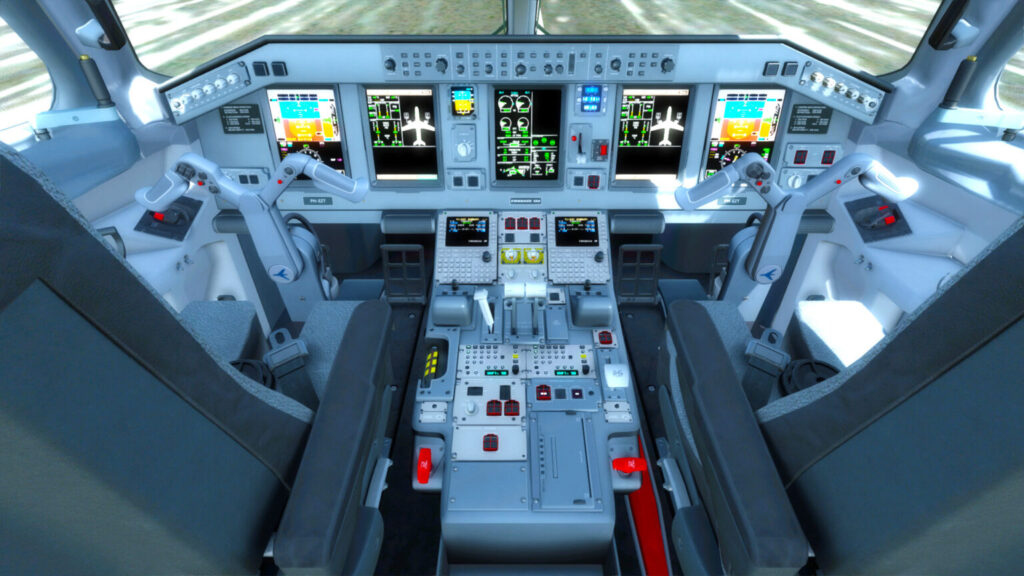
Embraer E-jets developed by FeelThere 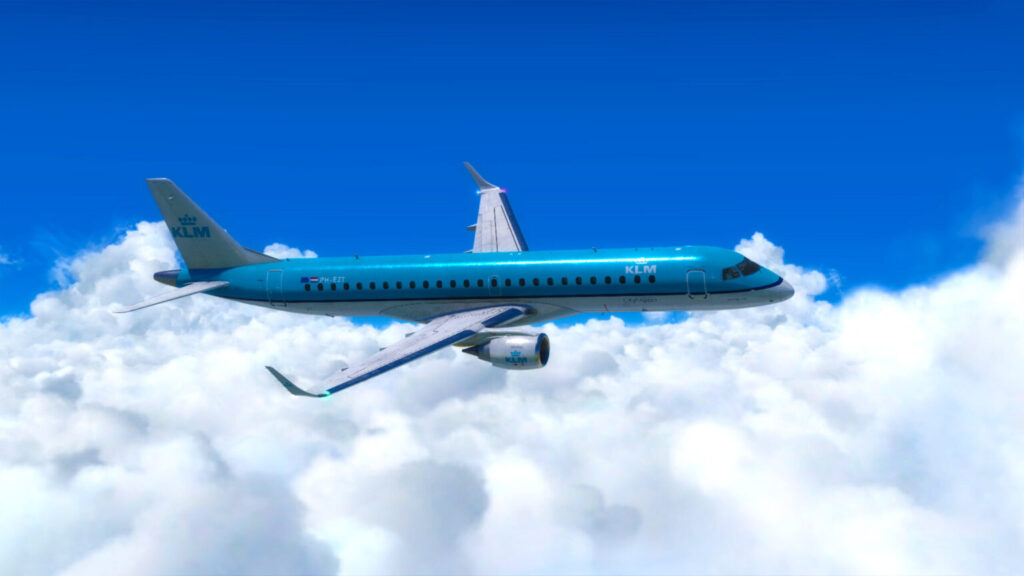
Embraer E-jets developed by FeelThere 
CRJ line developed by FeelThere 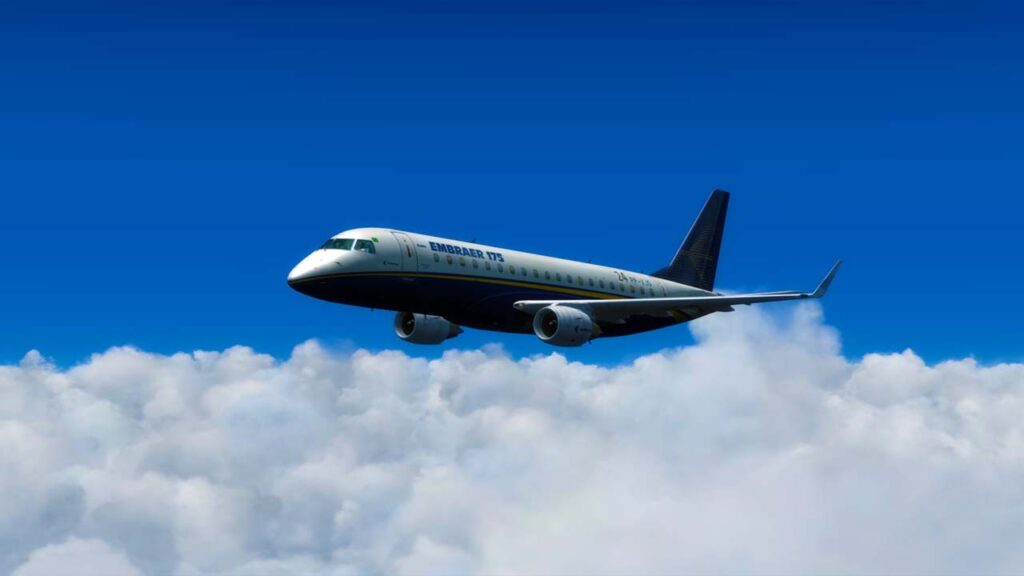
Embraer E-jets developed by FeelThere 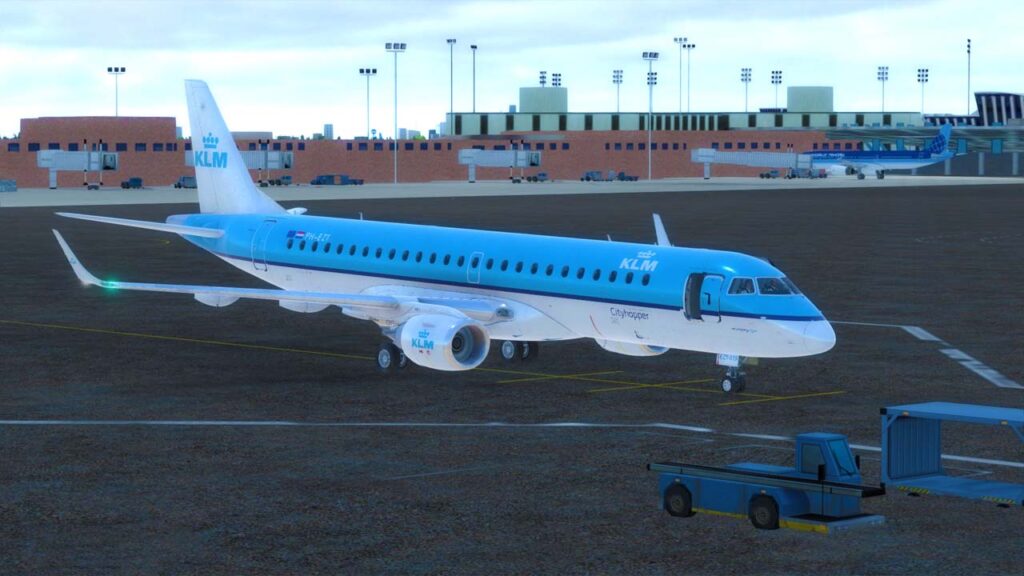
Embraer E-jets developed by FeelThere 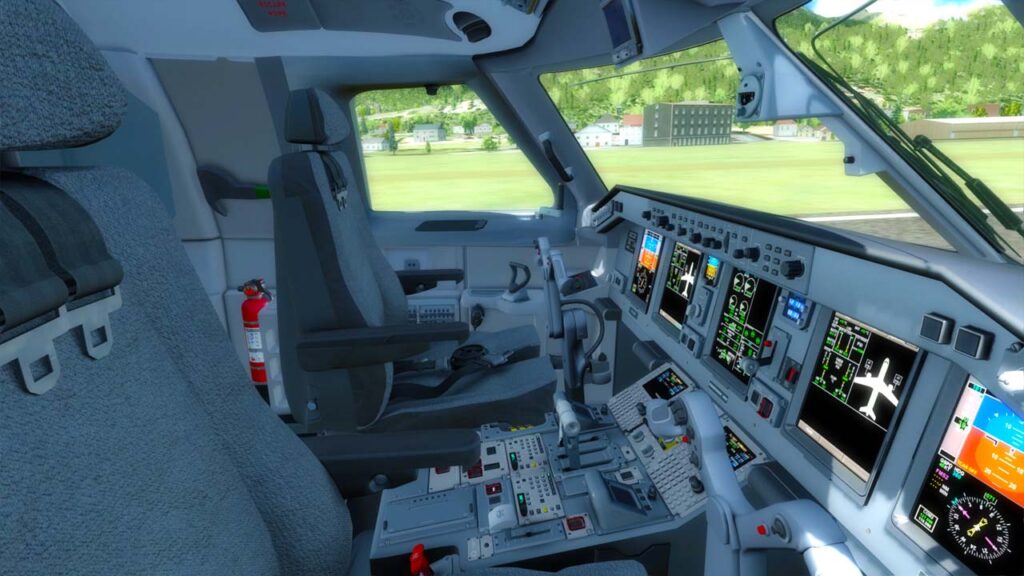
Embraer E-jets developed by FeelThere 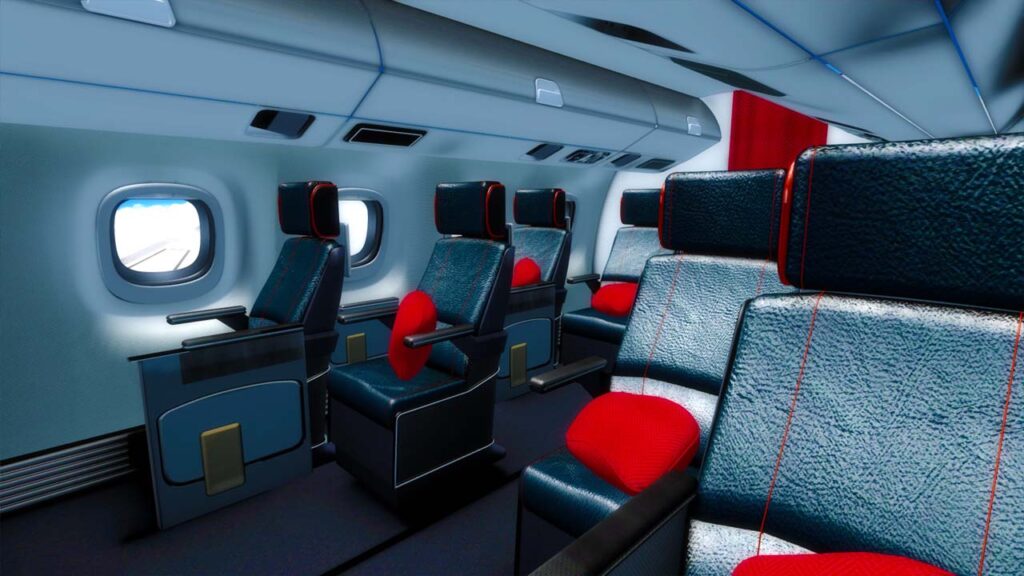
Embraer E-jets developed by FeelThere 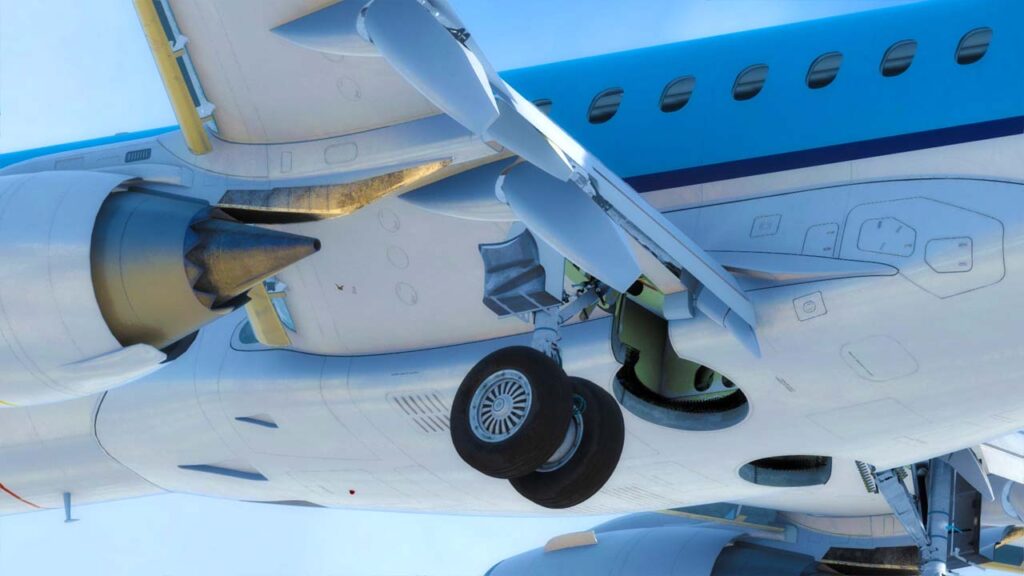
Embraer E-jets developed by FeelThere
On the other hand, you can just be an aviation enthusiast and still experience what it’s like to fly an aircraft. However, the design of modern aviation simulation appeals to professional training rather than joyriding. Speaking of the latest aviation simulator, you can expect a wide variety of integrated features and capabilities.
For instance, aviation simulators now also function as surveillance and radar devices. When it comes to air traffic and control operations, simulators also help trainees learn the complete training spectrum. Simulators allow flexible surveillance detection, flight data processing, radar data processing, automatic surveillance broadcast, and can process and distribute other elements.
3D Simulation Training is a More Comprehensive Approach
With the help of a simulator, you can now understand comprehensive procedural operations and controls related to aviation. Typically, an integrated module comes with radar or virtual tower simulation to re-create complicated scenarios in realistic settings.
In fact, you can play around with oceanic control features in a 3D simulator. For voice control and communication systems, you also get on-ground and air communication features. Interestingly, you can also customize voice recognition for a specific simulation exercise.
Other simulator capabilities include airspace optimization and design elements such as routes, sectors, and approach procedures. In addition, you can get visual access to the airspace and remote tower position. You can also display sector workload, approach sequences, and review safety nets.
Modern Aviation Training and Simulator Equals Safety
Each year, it becomes more apparent that virtual simulation is the best way to ensure the safety of the trainees and valuable equipment. In fact, one of the best aspects of simulator-based aviation training is the safety and support you receive.
Contrary to misguided perception, the safety net is not solely for beginners. Aviation training simulators can now assist experienced pilots who want to practice emergency flight procedures. And no matter how complex or unusual the procedural situation may be, you can learn from safe ground.
Challenge Yourself and Re-create Complex Conditions
When it comes to aviation training, your tactics have to align with various weather conditions. Whether it’s snow, wind, rain, or ice, you should be able to adapt without reluctance or doubt. And this is where a virtual 3D simulator allows you to understand tricky terrains and recreate complex areas that require more practice.
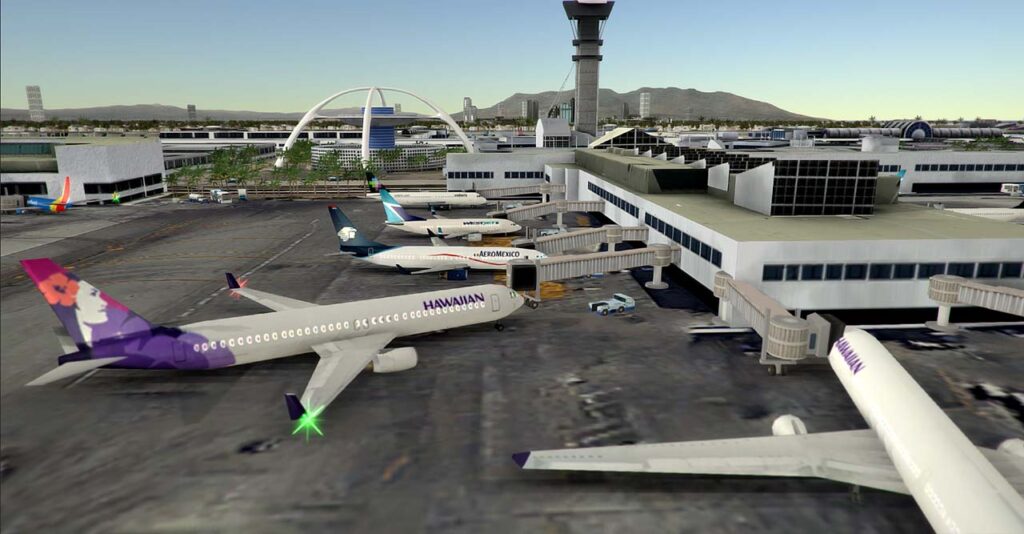
Tower!3D ATC simulation game 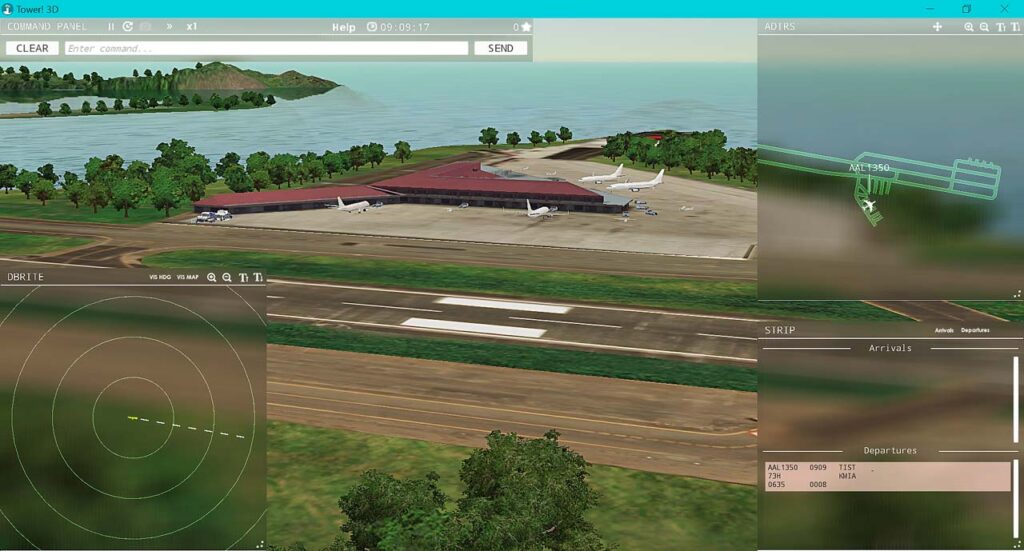
Tower!3D ATC simulation game 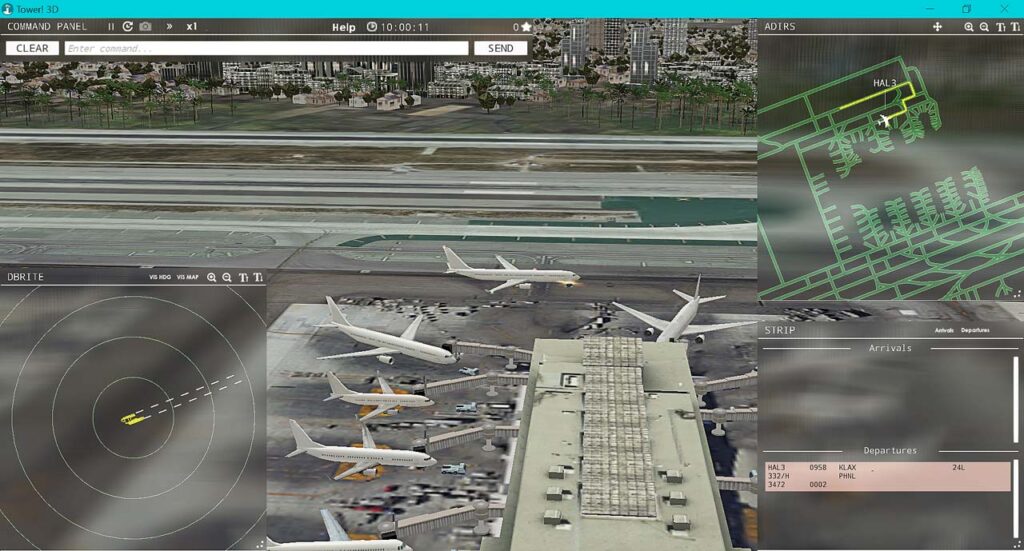
Tower!3D ATC simulation game 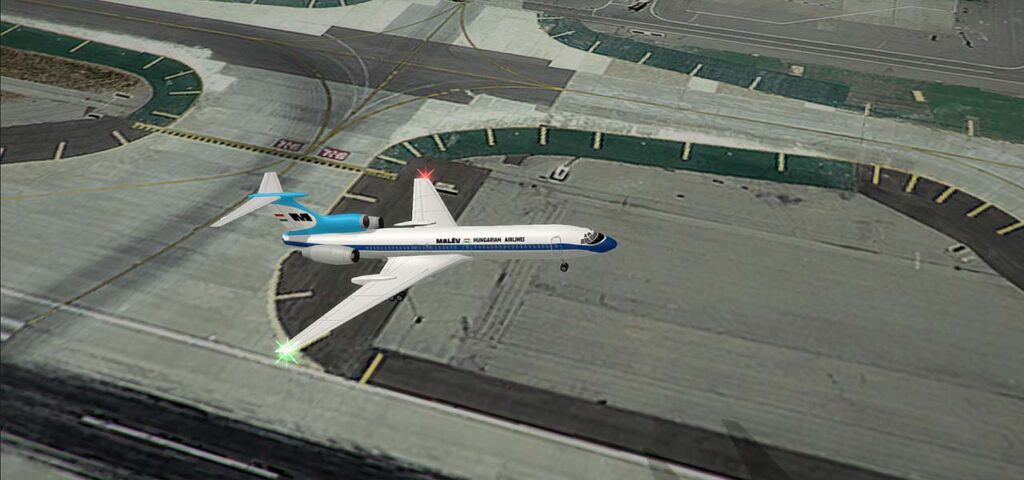
Tower!3D ATC simulation game 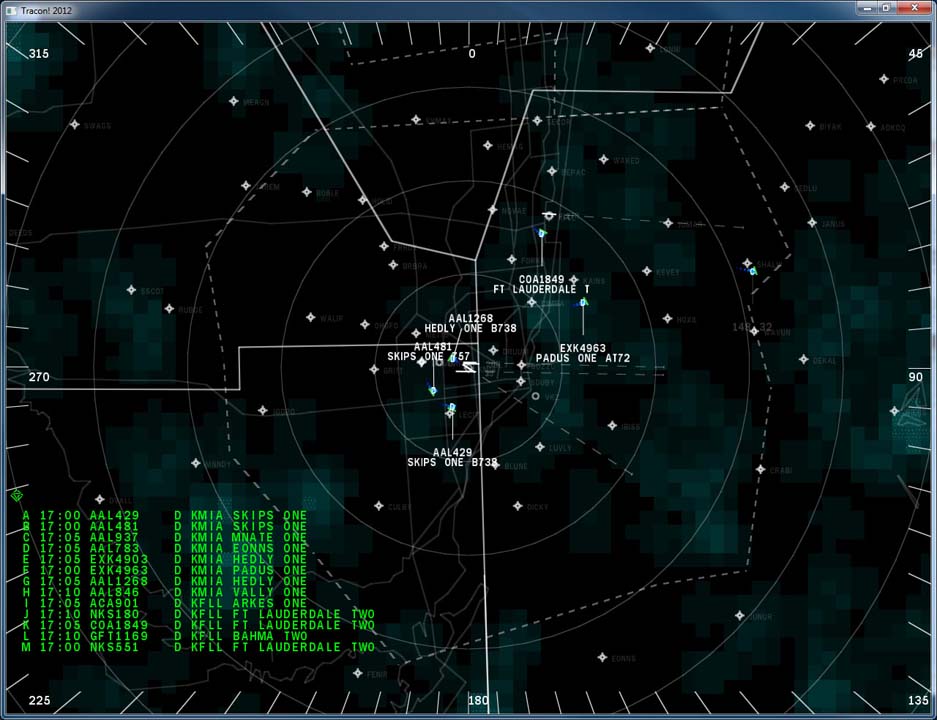
Tower!3D ATC simulation game 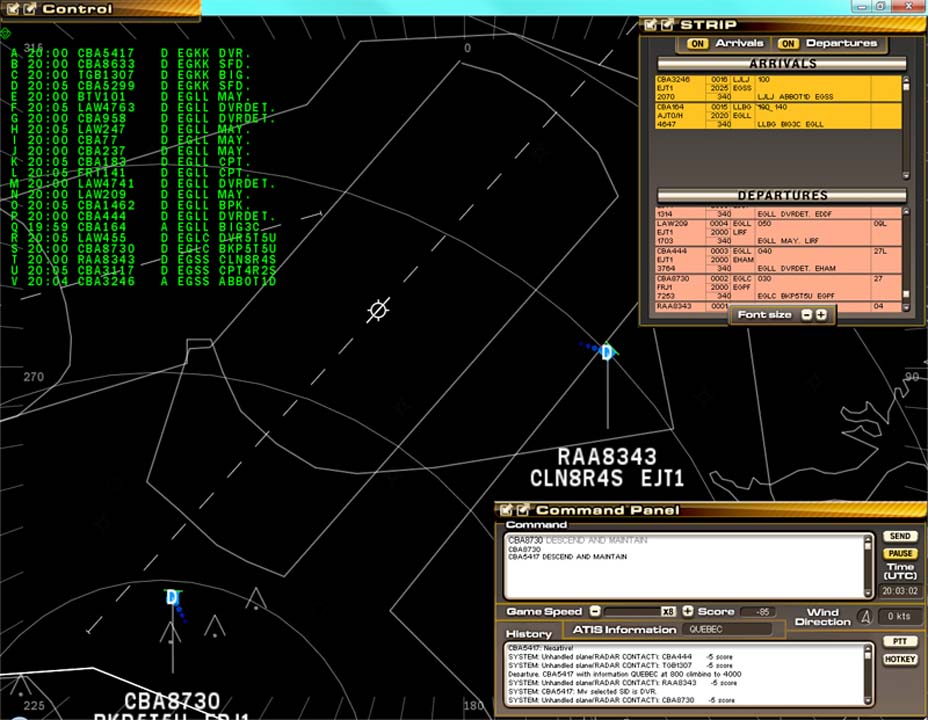
Tower!3D ATC simulation game 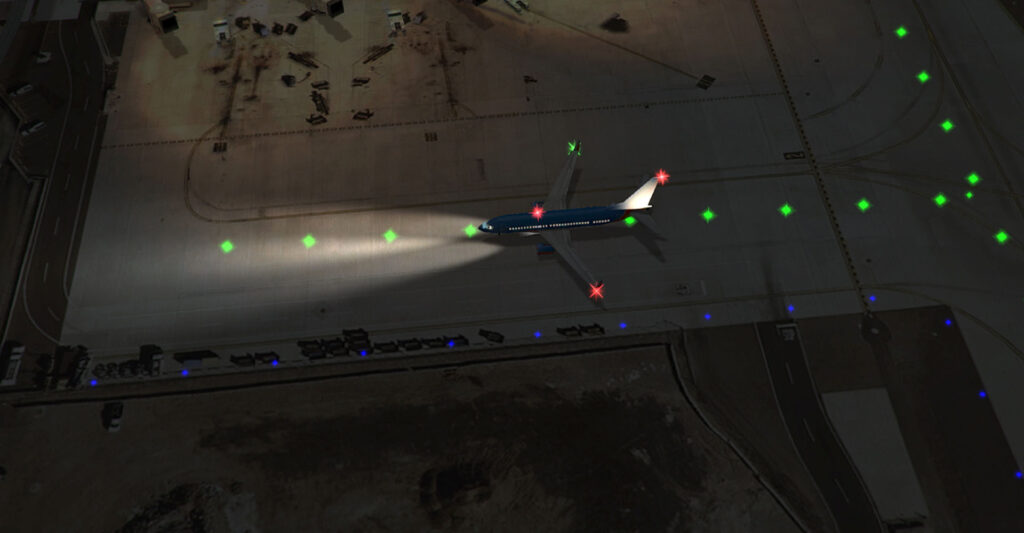
Tower!3D ATC simulation game 
Tower!3D ATC simulation game
A 3D simulator gives you endless opportunities to learn and practice the process. For instance, you can re-create virtual simulation of flight failure and learn to deal with various situations in a safe and secure environment.
Customize or Remote Time Barriers
Aviation training in an aircraft comes with time, weather, and light limits. With 3D simulation, however, you can customize or altogether remove the time barrier to practice to meet your specific objectives. It also means you can practice any time of the day regardless of the harsh exterior weather conditions.
3D simulation is a perfect way to learn more about complex aviation training processes and guidelines in a short time. You may not be aware of it, but one hour of practice in a 3D simulator equals two hours of training in an actual aircraft. As a result, your timeframe becomes more flexible, and you can learn and incorporate more elements in the simulation training.
You Can Try More Than Just Once
With an on-ground virtual 3D simulator, you can practice until you get the desired end-result. When it comes to aviation training, things usually don’t pan out as you imagine. It makes aviation simulation training a more practical approach to hone your skills without fear of real-life flight consequences.
Practice Until You Achieve Perfection
In order to learn and master technical aspects of aviation processes, the last thing you want to do is rush. With 3D virtual simulation, you can take advantage of ample time and understand complex scenarios until you’re confident. Practice, after all, leads to perfection and that is case with aviation training in a 3D simulator.
How Tower Simulator Comes into the Picture
You don’t have to be a native English speaker to enjoy the full experience of using the Tower 3D simulator. It is a command and mouse-based simulator that utilizes the latest technology. It has the capacity to recreate a 3D environment with moving foliage in real-time.
You can even notice changes in weather and volumetric lighting. It makes it easier for trainees to learn to land and takeoff an aircraft of numerous sizes and features. Furthermore, it helps you learn the skill until you get the hang of it.
Of course, throughout the training process, you can depend on a safe virtual environment to practice various aviation protocols without fear of damaging the aircraft. Tower 3D simulator offers flight strips, 3D airport view, and air and ground radar screens.
Wrap Up
Since the advent of aviation training software, pilots have been striving for perfection and maintaining aviation proficiency through simulators. Simulator software developers and manufacturers cater to academic and professional aviation training.
The low-cost and full-motion 3D simulators represent the ultimate solution to master aviation guidelines, procedures, and protocols. In retrospect, had it not been for the evolution of simulators, the aviation and airline business wouldn’t be as safe as it is today.
REFERENCED MATERIAL:
- https://www.ainonline.com/aviation-news/blogs/ain-blog-why-so-much-simulation
- https://steantycip.com/blogs/simulation-revolutionised-aerospace/
- https://inflightpilottraining.com/2019/09/13/10-benefits-of-using-a-flight-simulator-when-learning-to-fly/
- https://calaero.edu/benefits-flight-simulator-training/
- https://flycla.ca/the-importance-of-the-flight-simulator/
- https://www.skyradar.com/blog/importance-of-simulator-training-and-its-implications-in-atc


